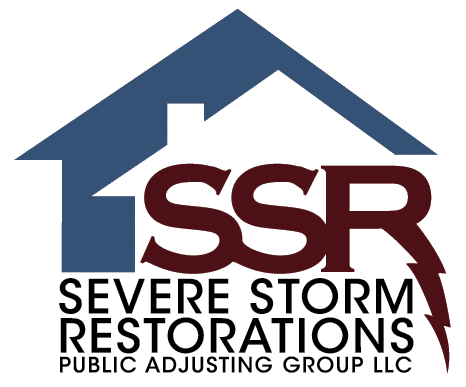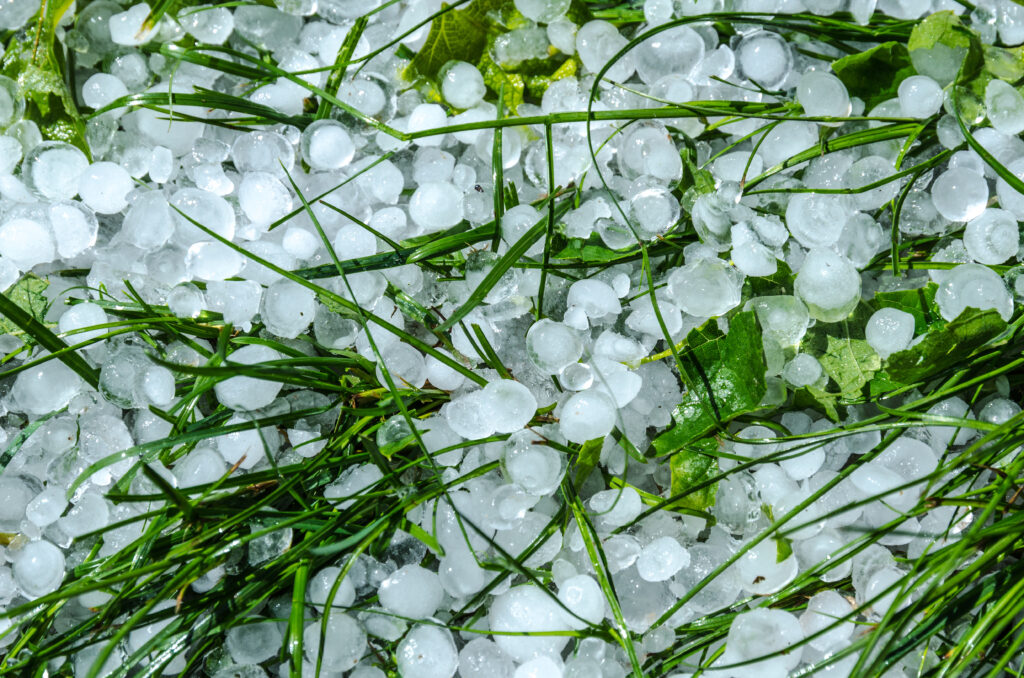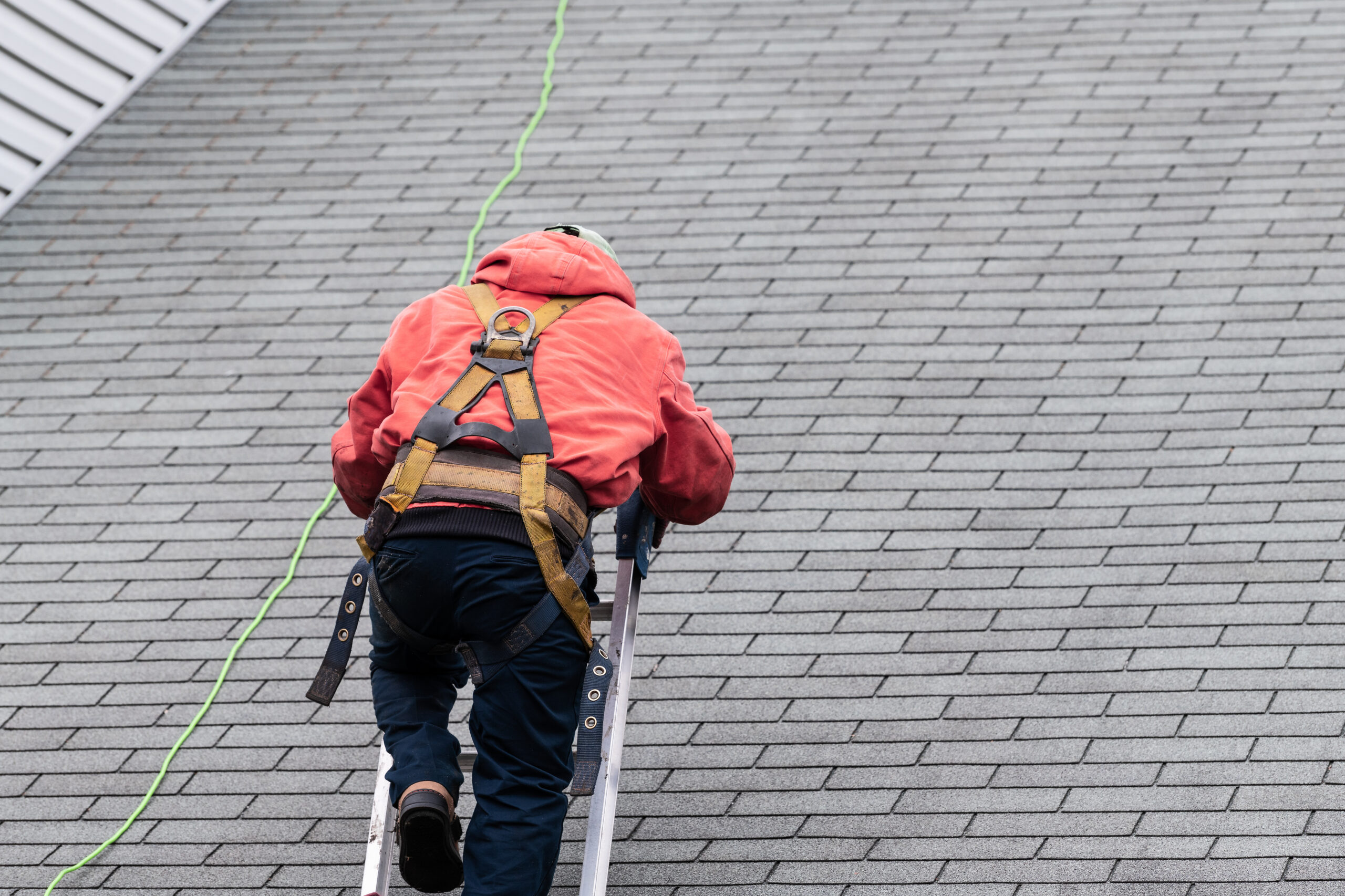Hailstorms can cause significant damage to roofs, siding, windows, and other exterior components of buildings. The impact of hail can range from minor cosmetic issues to severe structural problems, depending on the size and intensity of the hailstones. While some hail damage is immediately visible, like shattered windows or dented siding, other signs may be more subtle and go unnoticed without a thorough inspection. Identifying hail damage early is crucial for preventing further issues, such as water infiltration, mold growth, and structural integrity problems. By conducting a detailed assessment, homeowners and business owners can address damages promptly and avoid costly repairs. In this article, we’ll guide you through the key signs of hail damage and how to spot them.
1. Check for Dents and Dings on Metal Surfaces
One of the most obvious signs of hail damage is dents and dings on metal surfaces. Carefully inspect metal components like gutters, downspouts, flashing, and metal roof panels, as these areas are particularly vulnerable. Even small dents can lead to leaks or rust over time. Damaged gutters and downspouts can affect water drainage, potentially harming your foundation or landscaping. Dented flashing and roof panels may not seal out moisture effectively, increasing water infiltration risks. Inspecting these metal surfaces thoroughly after a hailstorm, even if the damage seems minor, can prevent significant problems and costly repairs.
2. Inspect the Roof for Damage
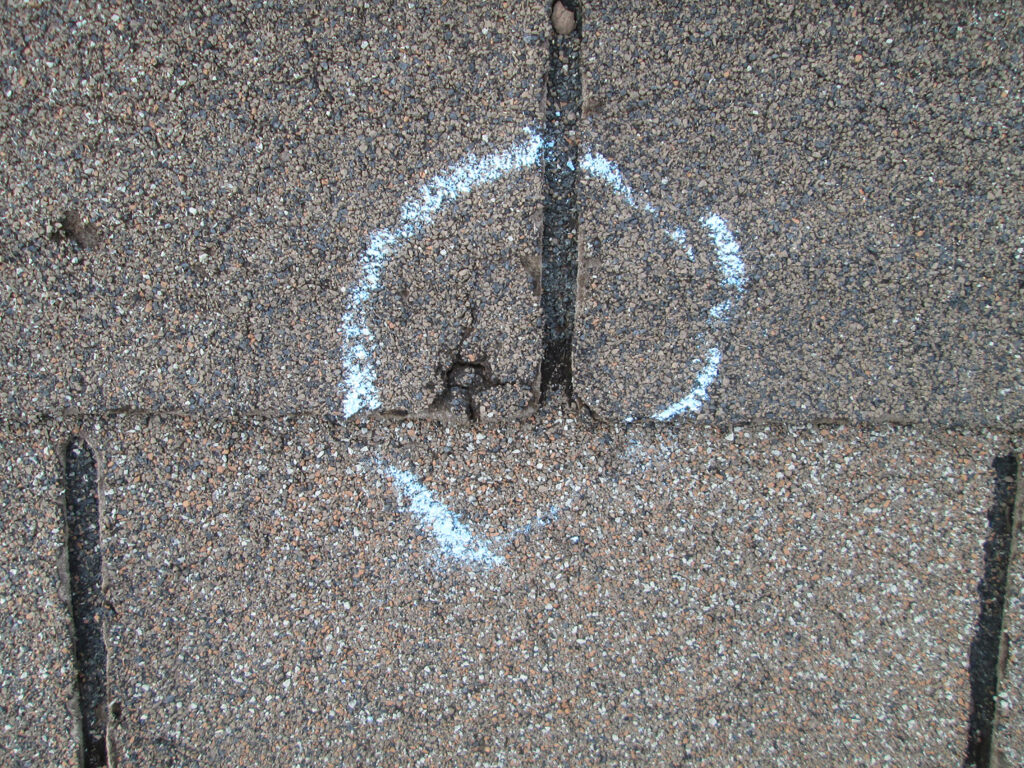
Your roof is one of the most exposed areas during a hailstorm and is often the first place to show signs of damage. Look for:
- Missing or Broken Shingles: Hail can dislodge or break shingles, leaving your roof vulnerable to leaks. Check for missing shingles or pieces of shingles on the ground around your property.
- Granule Loss: Asphalt shingles may lose granules due to hail impact. This can be identified by bald spots on the shingles or an accumulation of granules in gutters and downspouts.
- Bruising: Run your hand over the shingles to feel for soft spots or bruises. Bruising indicates that the shingle’s underlying mat has been damaged, even if the surface appears intact.
- Cracks: Check for cracks in shingles, particularly around the edges. These cracks can lead to water infiltration and further damage.
3. Examine Windows and Siding
Windows and siding can also suffer from hail damage. Inspect these areas for:
- Cracked or Shattered Glass: Even small hailstones can crack or shatter windows. Look for any signs of damage to the glass and frames.
- Dents and Holes in Siding: Hail can dent or puncture siding, especially vinyl siding. Check for small holes or dents, which may be more noticeable when the sun is at an angle.
4. Look for Damage to Outdoor Fixtures and Furniture
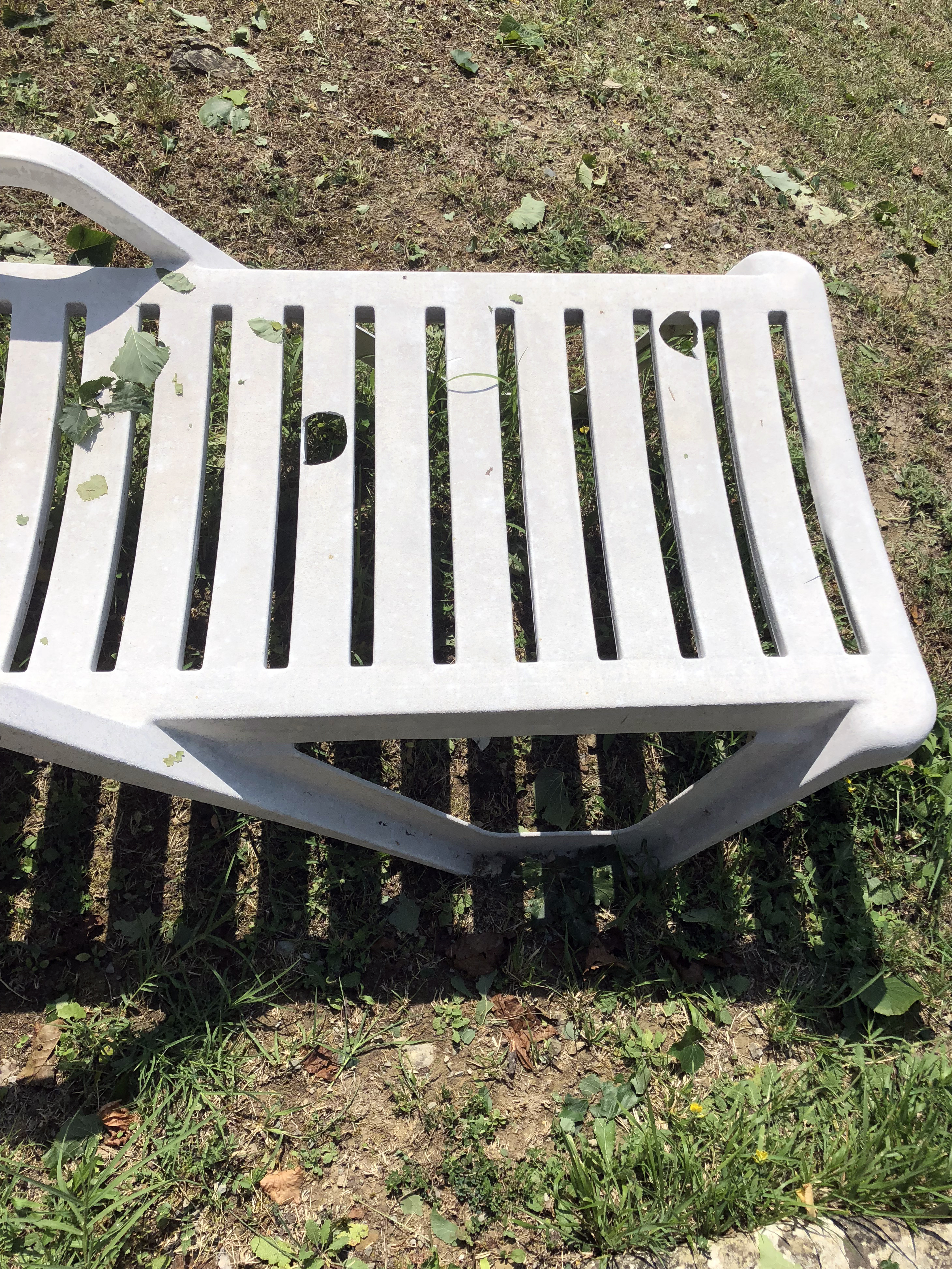
Outdoor fixtures like light fixtures, air conditioning units, and patio furniture can suffer significant damage during a hailstorm. These items are exposed to the elements and susceptible to dents, cracks, and other impact signs. Hail can dent metal surfaces of air conditioning units, affecting their efficiency, or crack light fixtures, compromising their integrity and safety. Patio furniture, especially glass-topped tables and metal chairs, may show damage like shattered glass or bent frames. Thoroughly inspecting these components after a hailstorm is essential, as their damage can indicate the storm’s severity. Visible damage to outdoor fixtures often correlates with potential hidden damage to your roof or siding, emphasizing the need for a comprehensive inspection to prevent further issues.
5. Check for Water Damage Inside the Building
While hail damage is typically an external issue, it can lead to internal problems if left unaddressed. After a hailstorm, inspect your attic and ceilings for signs of water leaks, such as:
- Water Stains: Look for discoloration or stains on ceilings and walls, which can indicate water infiltration.
- Moisture or Dampness: Check for damp spots or moisture accumulation in the attic or upper floors. This can be a sign of roof leaks caused by hail damage.
6. Document the Damage
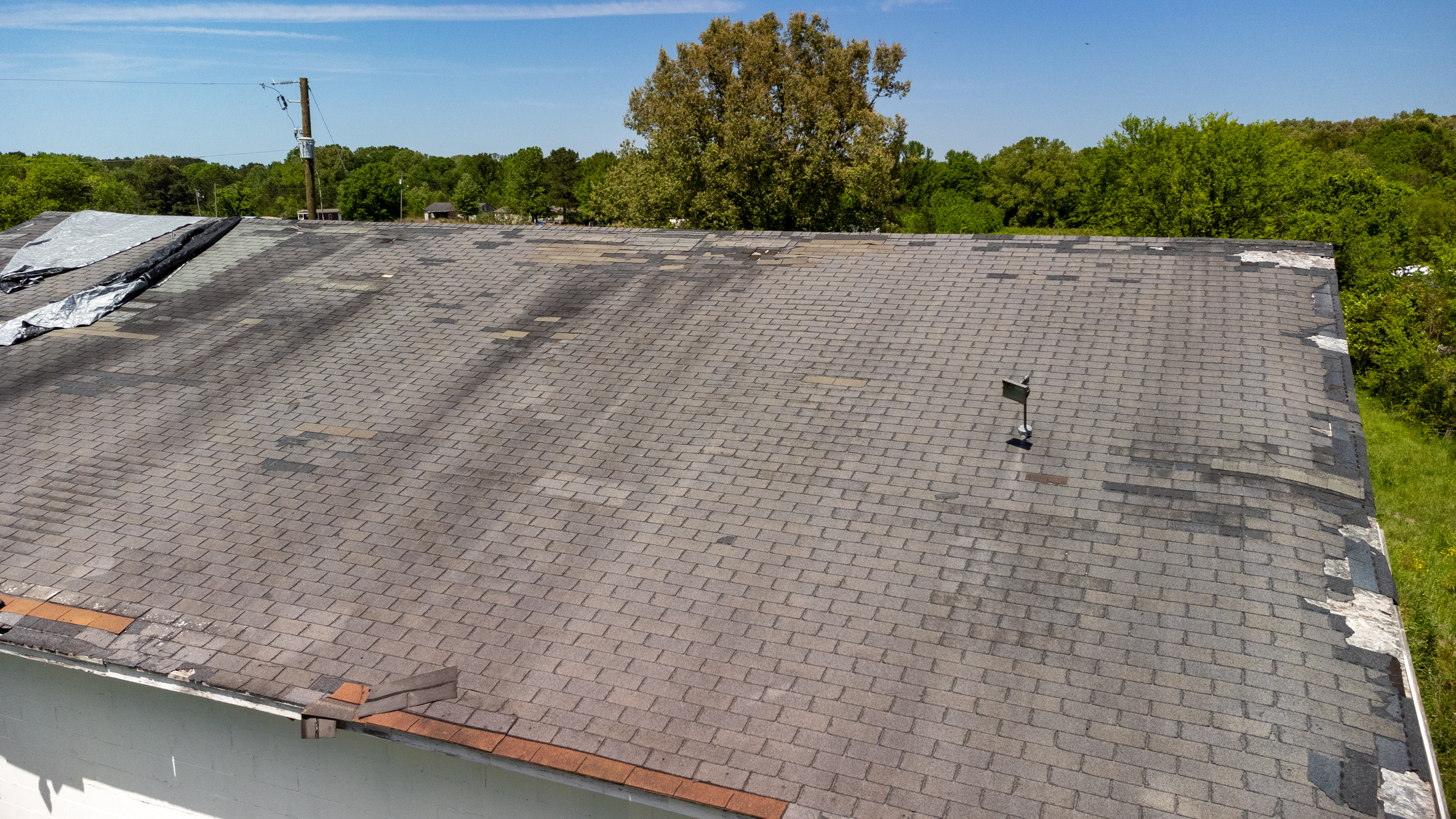
If you find any signs of hail damage, it’s essential to document them thoroughly. Take clear photographs and videos of all affected areas, and make detailed notes about the damage. This documentation will be invaluable when filing an insurance claim and seeking repairs.
7. Consult a Professional
If you’re unsure about the extent of the damage or want a thorough inspection, it’s best to consult a professional. At Severe Storm Restorations, LLC, we offer expert inspection and repair services for hail damage. Our team of skilled professionals can assess the damage, provide a comprehensive report, and recommend the best course of action to restore your property.
Conclusion
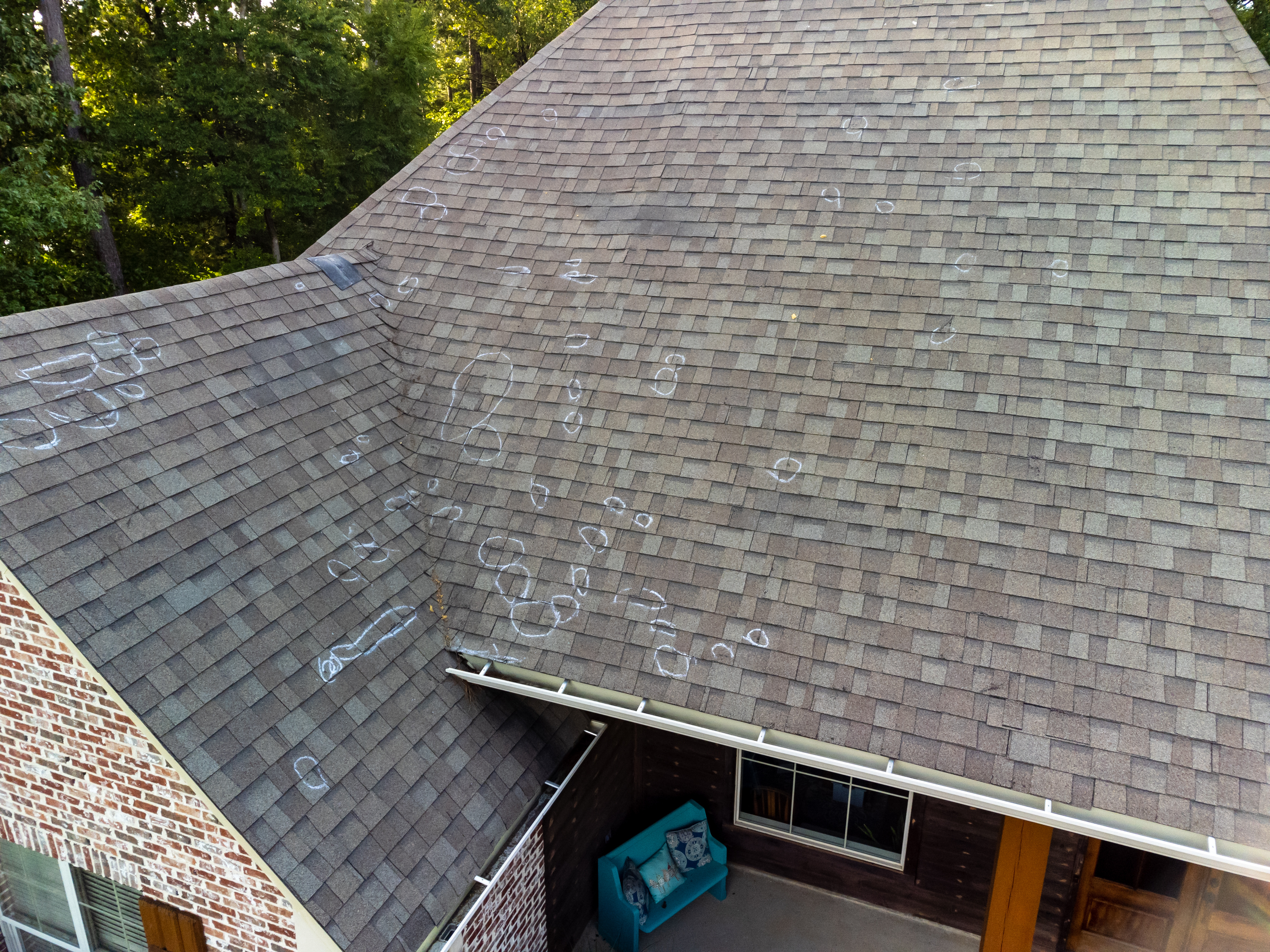
Spotting hail damage early can save you from costly repairs and further issues down the line. By knowing what to look for and conducting a thorough inspection, you can identify and address hail damage promptly. If you suspect your property has been damaged by hail, contact Severe Storm Restorations, LLC at (855) 742-7663 or visit our website at severestormrestorations.com for professional assistance. Let us help you protect your investment and ensure your property is in top condition.
